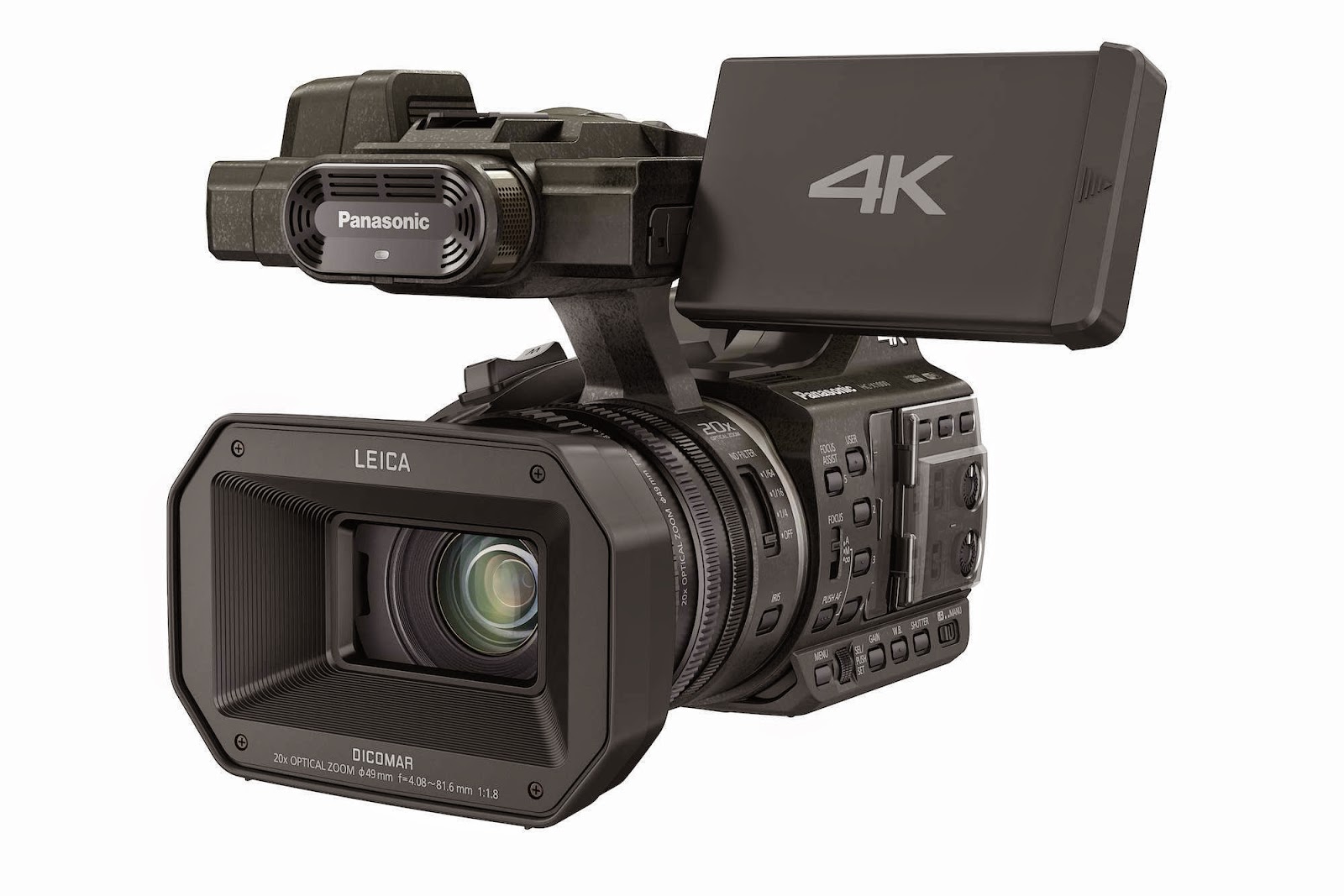The “world’s smallest Ultra HD live studio camera”, the Blackmagic Micro Studio Camera 4K, has been launched by Blackmagic Design. The tiny Ultra
HD and HD camera will be available in July for $1,295/£929/€1,545.
Although it will work at no more than 30 frames per second
in Ultra HD, which would make it rather poor at capturing sports action (which
is where Ultra HD will inevitably make its initial impact for live production),
it would be useful for studio programmes, such as chat shows, and its
combination of size, facilities and price will make it a great buy for HD
production, particularly as its UHD capability should give it a longer life.



















